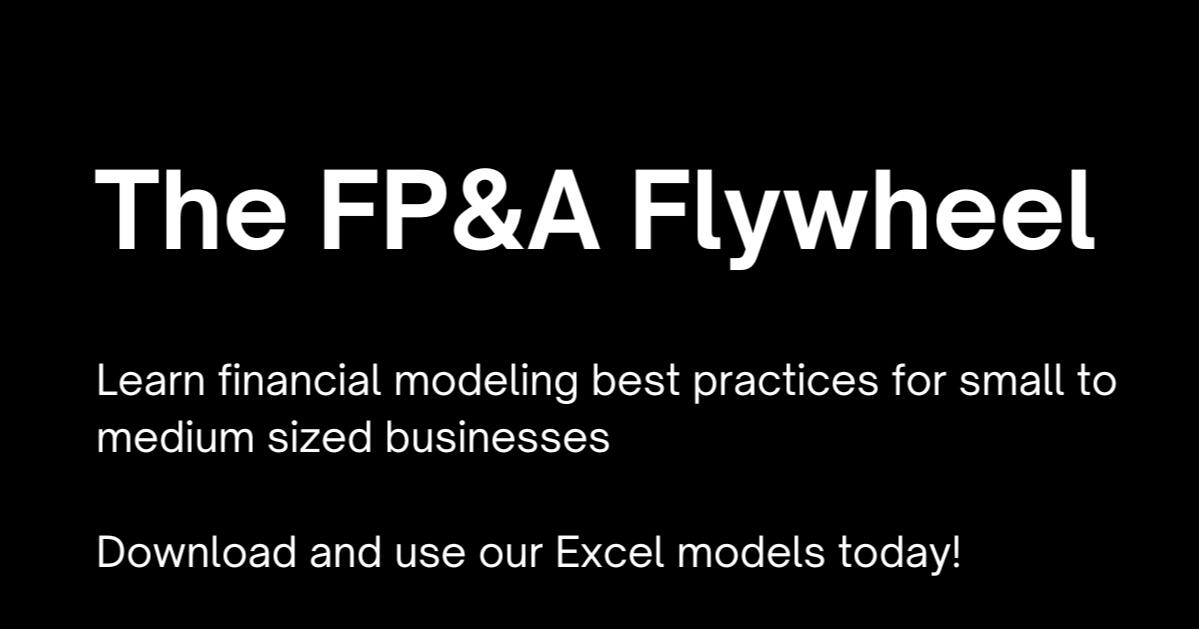Anybody else knee-deep in 2026 budget iterations?
Same.
If you’re like me, you’re dreaming about that quiet stretch between mid-November and early January.
Finally, a chance to rest.
We spend months reacting - tweaking EBITDA for one-offs, playing spreadsheet games, polishing decks that no one reads twice. All that grind builds strong execution muscles but weakens our value muscles. When the noise stops, we forget why we got into this profession.
And at our worst, we forget how to choose work that actually matters.
Let’s fix that.
Why this happens?
We live in reaction mode for weeks at a time.
Close → reporting → forecast updates → board.
That loop rewards speed and accuracy, but it atrophies proactive thinking. When the calendar clears, the question hits:
“So… what should we work on next?”
Your brain is also fried.
This is a hard job.
If adding value feels like another chore, it won’t happen.
Why this can’t wait (your growth)
Development doesn’t happen by accident.
I’ve led teams where people hadn’t been challenged in 20 years - and others where 30-somethings rose fast because they created value without being asked.
You can’t rely on leadership to hand you the good stuff.
If you want to grow, you need a system that makes the next right move obvious.
Two simple moves when you finally get time
As an FP&A pro who’s been doing this for over a decade, I’ve figured out a few tricks as a form of survival.
Let’s jump into exactly what they are:
Build a “Value Backlog”
Treat it like gift ideas you capture all year for friends and family. Keep a running list of 5–10 projects directly tied to growth, margin, or questions that senior leaders want to know but haven’t formally asked.
Example starters:
Retention dropped → cohort churn analysis
Sales slowed → sales capacity or lead quality analysis
Margin is dropping → customer segmentation analysis
Block 30 minutes monthly to refresh the list. Put it on the calendar or it won’t happen.
In The FP&A OS I outline my process for sitting down and doing this with intention - you can just steal my process. I also am a firm believer that you need to schedule this on your calendar - or I just doesn’t happen.
Revisit your biggest forecast misses
Look back 6–12 months. Which 3 assumptions drove 80% of variance? Pick one and run a quick sensitivity + root cause analysis. These are layups for credibility and impact.
If you’re struggling to understand how to do this, I created a whole course on how to set up your FP&A process to capture these without thinking. You’ll find that in the FP&A Flywheel course.
Between those two tactics, you’ll have plenty of value-added things to drive.
And trust me, the bar is low.
Aim for 1 per month, but know that even if you get half that you’re still running circles around everyone else.
How we can help:
Build your FP&A Operating System so you can drive more impact through a best-in-class FP&A process.
Looking to elevate your FP&A leadership skills? Steal our Finance Manager Playbook to help you drive a healthy, high-performing finance team culture.
Get step-by-step video instruction on designing your perfect FP&A Flywheel. It’s the exact process we use when transforming FP&A teams.

Brett Hampson, Founder of Forecasting Performance

